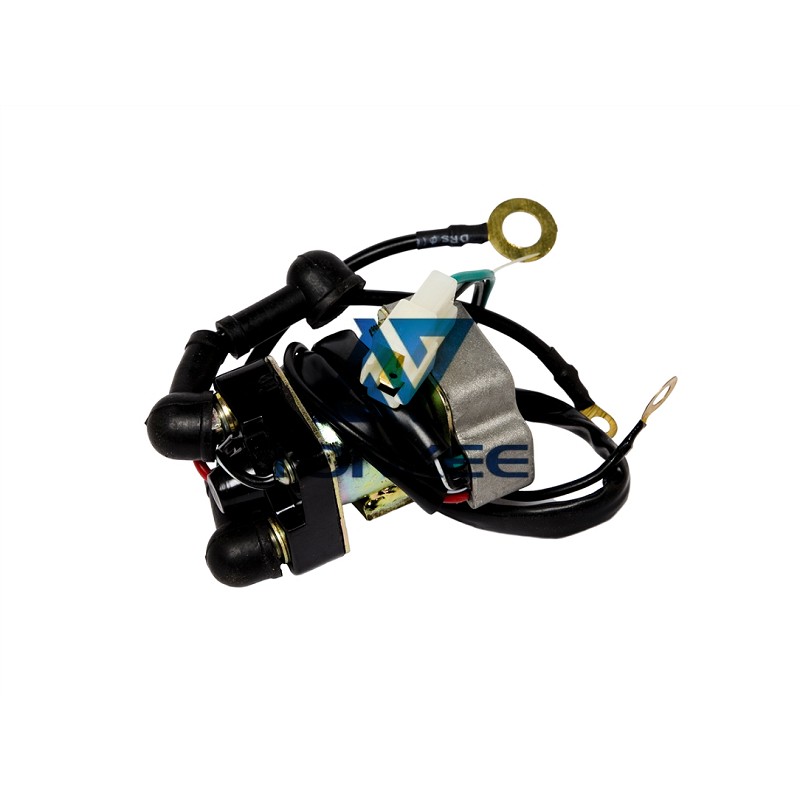
Voltage Compatibility: The DIGGER 24V Starter Solenoid is specifically designed for 24-volt systems.
It can handle the higher voltage requirements of heavy machinery and ensure reliable engine starts.
Durable Construction: Tonkee® is renowned for its commitment to quality. This solenoid is constructed with robust materials that can withstand the harsh operating conditions typically encountered in construction and industrial settings.
Weather Resistance: The solenoid is built to withstand exposure to various weather elements, making it suitable for use in both indoor and outdoor environments. It is sealed to prevent moisture and contaminants from entering, ensuring consistent performance.
Reliable Performance: Tonkee® prides itself on producing solenoids that deliver consistent and reliable performance. The DIGGER 24V Starter Solenoid is no exception, providing the necessary electrical contact to initiate the starting process efficiently.
Easy Installation: This solenoid is designed for easy installation and replacement. It typically comes with clear mounting instructions, and its standardized dimensions ensure compatibility with a wide range of heavy equipment models.
Compatibility: The DIGGER 24V Starter Solenoid is designed to fit a variety of construction and industrial machinery, including excavators, bulldozers, loaders, and more.
It is engineered to meet the specific requirements of these applications.
The primary function of the DIGGER 24V Starter Solenoid is to serve as a relay between the battery and the starter motor in heavy machinery. When the operator turns the ignition key or activates the start button, an electrical signal is sent to the solenoid. Here's how it functions:
Engaging the Starter Motor: When the electrical signal is received, the solenoid's internal coil becomes magnetized, pulling a plunger or lever towards it. This action closes the electrical contacts within the solenoid.
Connecting the Battery: With the contacts closed, the solenoid establishes a direct electrical connection between the battery and the starter motor. This allows a high current to flow from the battery to the starter motor.
Cranking the Engine: The high current flow to the starter motor causes it to turn, which, in turn, rotates the engine's crankshaft. This initiates the engine's compression and ignition cycle, ultimately starting the engine.
Disengaging After Start: Once the engine starts, the solenoid's coil is de-energized, and the plunger or lever returns to its original position. This action opens the electrical contacts, interrupting the current flow to the starter motor. This prevents the starter motor from continuing to run once the engine is running.


